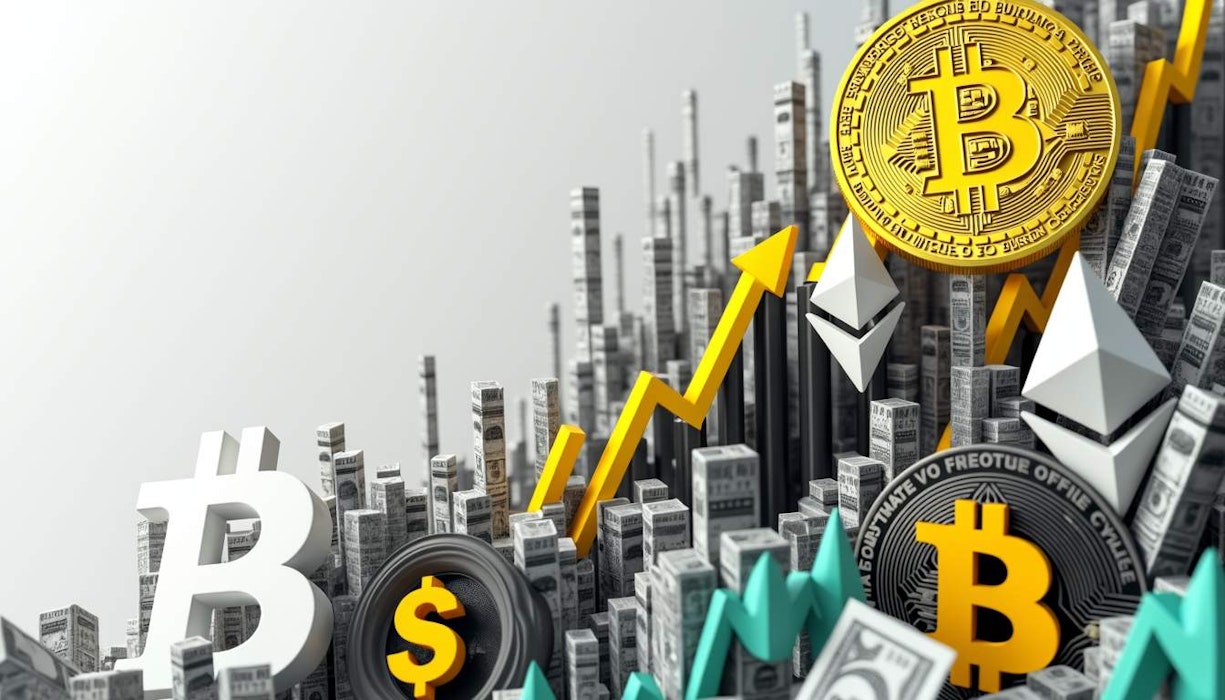There’s a lot to unpack here, folks. Bitcoin’s exchange reserves are seeing a surge, and it’s got a lot of people talking. As reserves inch up, I can feel the tension in the air; investors are clearly preparing for some sort of turmoil. The selling pressure is building, and the question is: what does this mean for cross-border payments and Bitcoin’s role in economies grappling with hyperinflation?
The Current State of Bitcoin
Bitcoin recently hit a historic high of $108,000 before entering a sideways trading pattern that's lasted for a couple of weeks. Right now, it’s sitting around $95,114, down about 1.16% in the last day, as per CoinMarketCap. Some analytics firms are predicting a potential crash, which is never a good sign.
What’s Happening in the Crypto Exchange Markets?
A Shift in Market Dynamics
You’ve got analysts like IT Tech from CryptoQuant throwing some heavy hints that a shift is on the horizon. One of the indicators they’re looking at is Bitcoin’s spot exchange reserves. After a dip, they’re now on the rise, with 20,000 BTC recently transferred to exchanges. Sounds like investors are gearing up to trade or sell their Bitcoin.
The amount of Bitcoin flowing onto exchanges is also increasing. Recently, 15,800 BTC came into exchanges, flipping the trend of more withdrawals than deposits. This positive netflow usually screams "time to sell", which can only mean one thing: selling pressure is coming, and with that, a potential price drop could follow.
The Whale Factor
And it’s not just retail investors who are making moves. Bitcoin whales have also been sending a larger portion of their assets to exchanges. Their netflow is rising, indicating that they’re preparing for something too. This behavior typically precedes selling, pushing the market towards a more bearish sentiment.
Cross-Border Payments and Bitcoin’s Role
Bitcoin and Stablecoins
Businesses generally don’t use Bitcoin itself for cross-border payments due to its notorious volatility. But the underlying blockchain technology and stablecoins? That’s a different story. They’re being adopted for their price stability, making them more reliable for international transactions.
The Advantages
Using cryptocurrency and blockchain for cross-border payments can save costs and time. Traditional methods usually involve hefty fees and slow processing. But blockchain has the potential to cut costs by up to 80% and speed up transactions significantly.
Why Stablecoins?
Stablecoins are especially useful for cross-border payments. They operate independently of traditional payment methods, accommodating foreign exchange risk. They maintain their value against a fiat currency, making them crucial for businesses engaged in international transactions.
The Overall Impact
Cryptocurrencies and blockchain technology eliminate intermediaries, reduce the time and cost associated with international transfers, and offer real-time settlement. For small businesses, this is a much-needed alternative to traditional payment channels.
Bitcoin’s Volatility in Hyperinflationary Economies
The Wild Ride
Bitcoin is known for its volatility—driven by speculation and sentiment rather than solid economic fundamentals. This makes it unreliable as a store of value, especially in environments where stability is key.
A Hedge Against Inflation?
There’s some talk that Bitcoin could serve as a hedge against inflation or economic instability, but let’s be real, this isn’t always the case. Its price can be swayed by global events and regulatory changes, making it a risky proposition.
Economic Turmoil and Regulatory Uncertainty
In hyperinflationary economies, Bitcoin’s volatility can worsen due to economic stress and regulatory uncertainty. Big global events can create sharp price fluctuations that don’t exactly offer the stability that savers need.
In Comparison to Traditional Savings
Unlike cash savings, which get eroded by inflation, Bitcoin doesn't have that problem. But with its wild price swings, it could lead to significant losses or gains, making it a risky asset for those looking for stable savings.
Wrap-Up
Bitcoin’s exchange reserves are rising, and that’s got a lot of people on edge. We might see increased volatility and selling. But what does that mean for the future of cross-border payments and Bitcoin in hyperinflationary economies? It’s complicated. Stablecoins and blockchain tech could offer some solutions, but Bitcoin’s volatility is a huge obstacle. Keep your eyes peeled; things are heating up in the crypto world.
